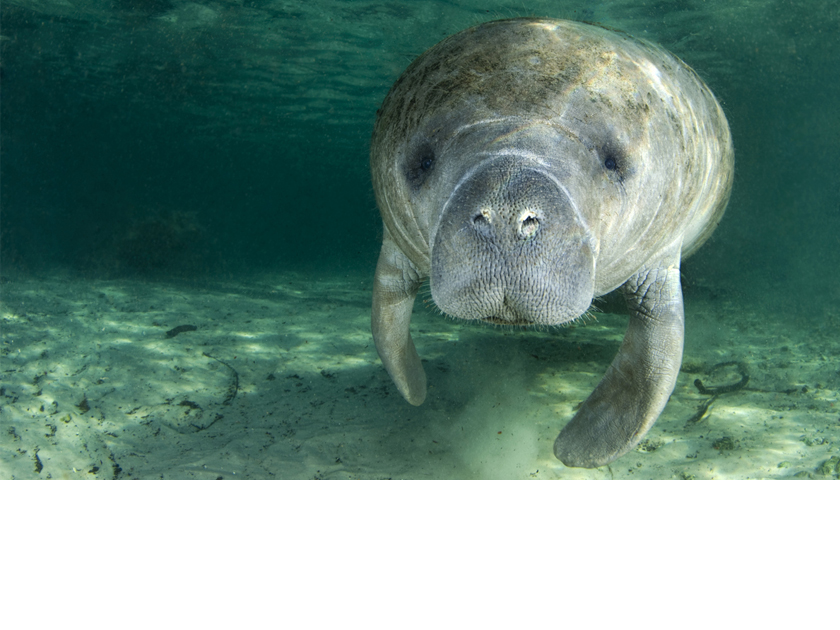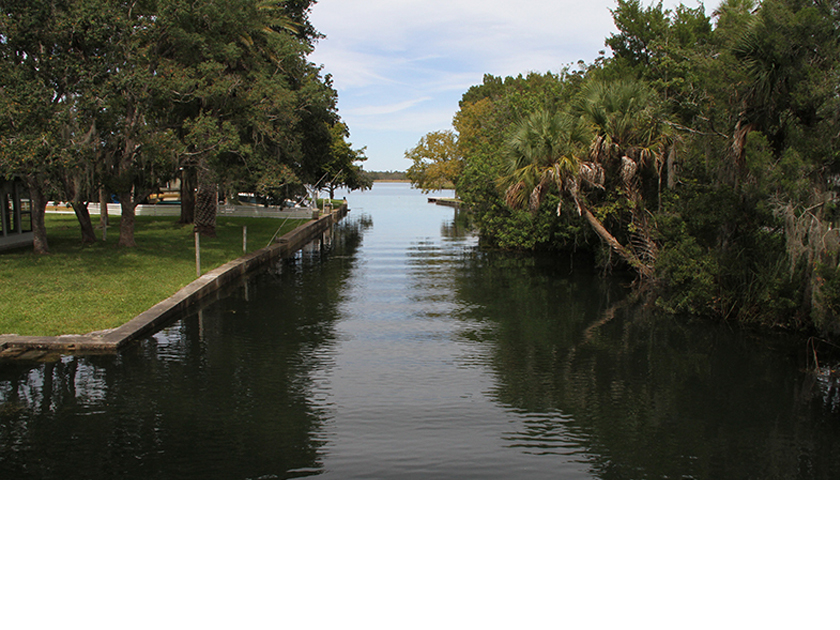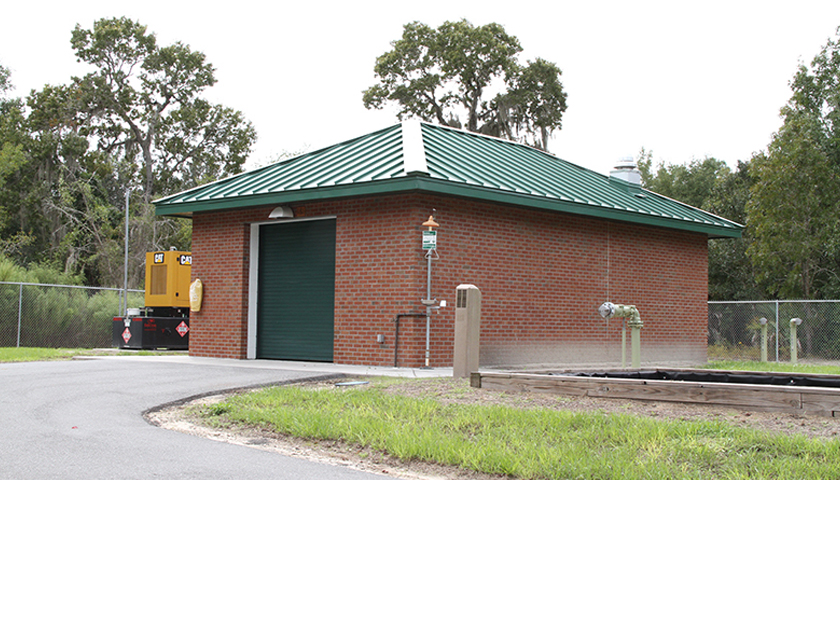The geography and ecology of the Crystal River region is perfect for manatees. The city of Crystal River is located on Kings Bay, which is connected to the Gulf of Mexico by the Crystal River. Kings Bay, about five miles inland, is fed by numerous small and large springs and maintains a year-round temperature near 72 degrees, which is perfect for manatees and tourists. The iconic manatees, pleasant climate, scenic beauty and fishing afforded in Crystal River make it a haven for outdoor enthusiasts and snowbirds. The economy is built on naturalism and tourism, so when it became apparent the local ecosystem was being threatened by pollution, community leaders acted decisively to “clean up their act” and reverse the tide of degradation. They took a thorough approach and addressed several problems that were polluting their waterways.
The story of Crystal River’s environmental awakening began more than 10 years ago and involves several related initiatives. The Florida Department of Environmental Protection discovered that Kings Bay was becoming “nitrogen impaired.” The abundance of nitrogen in the water was causing abnormal algae blooms that threatens the natural habitat of the manatee and other aquatic life in the bay.
“The algae growing in Kings Bay floats at the surface for a few days and then settles to the bottom to form a mat that contains high concentrations of nitrogen,” says David Burnell, Crystal River’s city manager. “This mat, which can be six inches to four feet thick, prevents the normal growth of sea grass and other vegetation that manatees like to eat. It destroys their natural habitat and will eventually cause the manatees to die off. It’s also harmful to other aquatic life.”
Biologists have known for some time that high levels of nitrogen in surface waters often are the result of human waste, sometimes caused by an abundance of nearby septic tanks or leaky sewers. Other major contributing factors may include animal waste and fertilizer runoff. If these nitrogen sources are eliminated, the water will likely stabilize, and algae growth will subside. Mother Nature will restore the water to a healthy balance, and the local aquatic life will again thrive.
An important step in the Kings Bay restoration effort was a two-phase vacuum sewer installation. The project’s goal was to rid the area of nearly 600 aging septic tanks that were contaminating groundwater and contributing to nitrogen buildup in the bay. In Crystal River, as in many coastal communities, the water table is high and the terrain very flat. Gravity sewers require sufficient grade or multiple lift stations to move wastewater. This can mean digging deep trenches, dewatering, and a lot of disruption for home and business owners. The cost of installing a gravity sewer to serve the citizens with septic tanks was prohibitive, so engineers began looking for alternatives.


